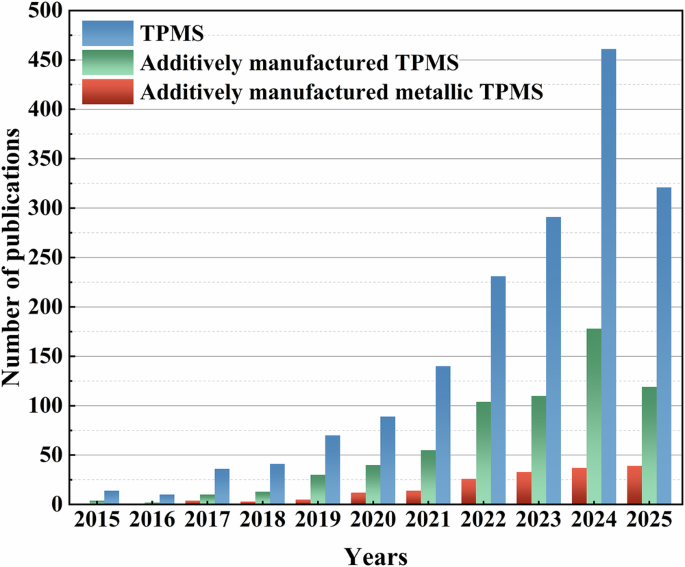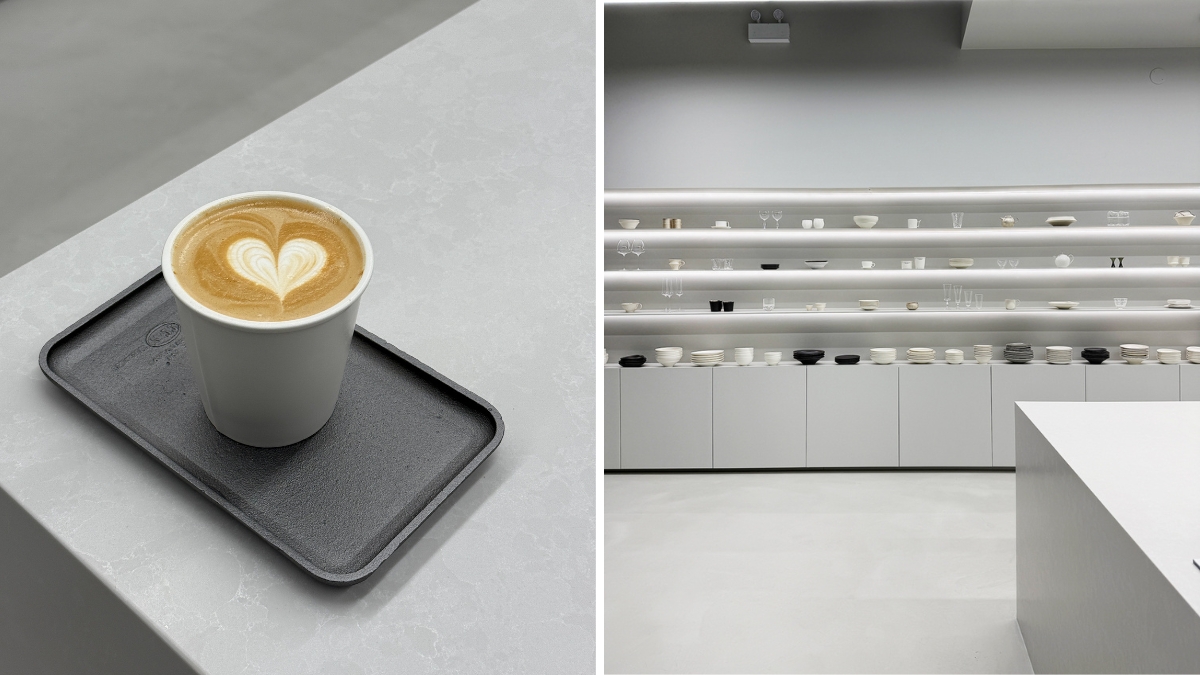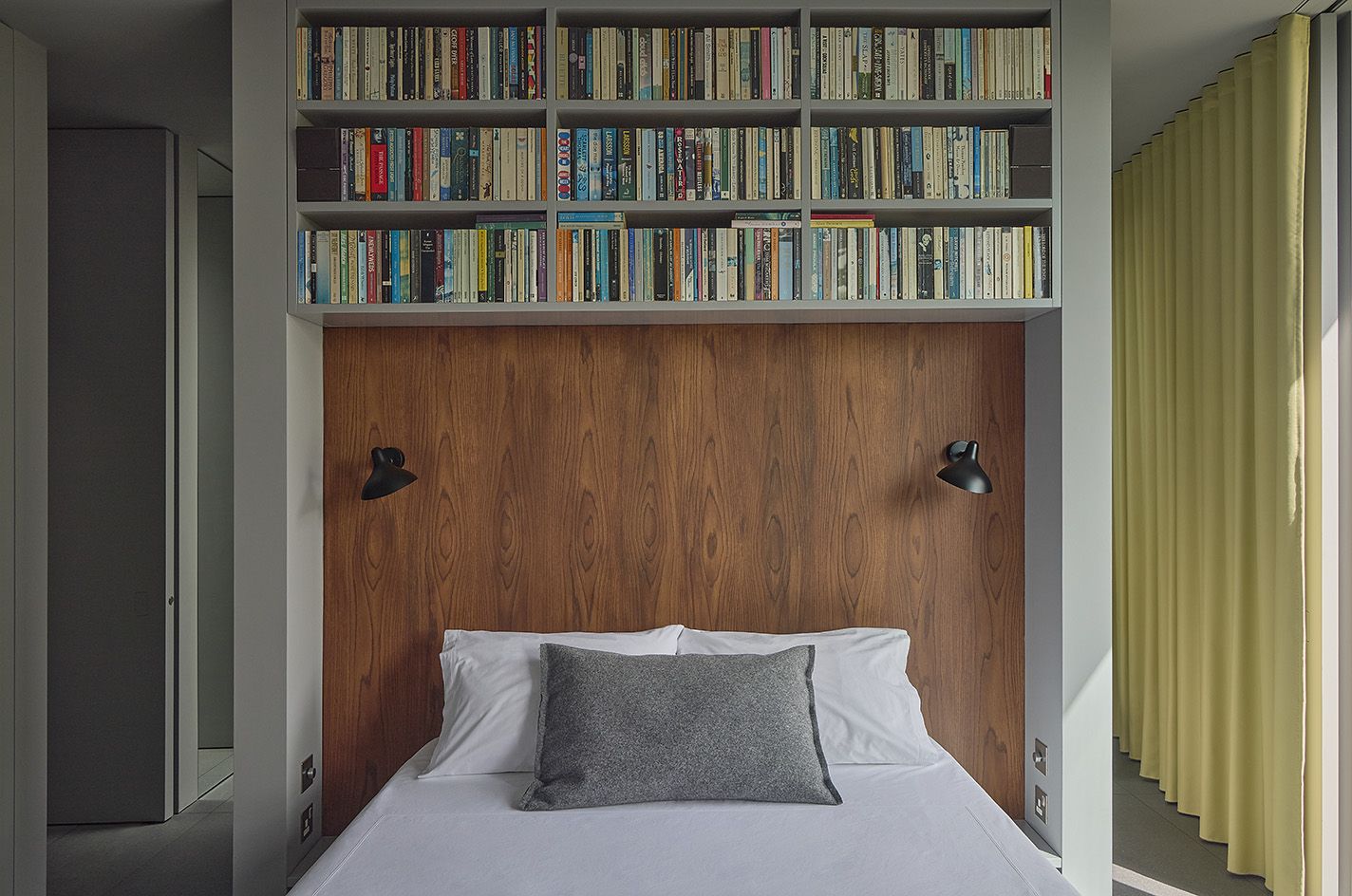Collapse could not be attributed to structural design flaws

A statement from Agro Care last week ended ongoing speculation. A human error during renovation work was the cause of the sudden collapse of 9 hectares of Dutch greenhouse last month. Despite the clarification, the image of the sector was affected – something that often occurs when greenhouse horticulture receives negative mainstream media attention. While stakeholders within the sector may understand the technical explanation, external audiences are left with the feeling that greenhouses are unsafe.
“It is absolutely safe to work inside greenhouses,” said Annie van de Riet, chair of Dutch greenhouse technology association AVAG. Relief is widespread within the sector: no injuries occurred, and the greenhouse structure itself was not at fault.
A detailed technical explanation is shared. The failure involved the removal of cross bracing—referred to by the Dutch term kruisschorren—which play a role in lateral stability. The incident occurred during preparations to install a second energy screen. An official investigation is ongoing, including a review of whether standard procedures were followed.
Cross-bracing crucial
Egon Janssen from TNO, an authority on greenhouse construction technology, concluded early on that the collapse could not be attributed to structural design flaws. Greenhouse construction involves extensive engineering calculations. TNO, AVAG, and Hortivation have jointly developed structural calculation models used throughout the sector. “In a greenhouse built according to those models, this scenario should not be possible under the given conditions.”
Janssen, TNO’s Manager for Greenhouse Horticulture, reviewed footage of the collapse while on holiday. He explained that both lattice girders and cross bracing are essential for structural stability. He has not yet conducted an on-site inspection.
Based on video footage and available information, he observed that the lattice girders remained intact. The failure occurred after the removal of the bracing. “Cross bracing prevents lateral collapse. Removing them compromises stability. Additionally, wind was coming from the direction of the unbraced section, which exacerbated the situation.”
 © Agro Care
© Agro Care
Certification for quality and safety
Van de Riet drew an analogy with residential renovations: “You can hire a certified contractor, a non-certified contractor, a skilled neighbor, or do it yourself. That choice affects both quality and structural reliability.”
Similar to other sectors, greenhouse construction includes a certification scheme. The HortiQ certification ensures that greenhouses, heating, and water installations meet objective and verifiable quality standards. “It offers assurance,” Van de Riet said. Certification is not mandatory, but the risk increases without it.
Recalibrating guidelines
In contrast to a home renovation, greenhouse projects involve integration of screen installations, LED lighting systems, dehumidification, or insect netting. These technologies are typically aimed at improving crop production or optimizing energy efficiency.
Under HortiQ standards, structural recalculations are required for any greenhouse modification, just as for new construction. Roughly 50 companies use the CASTA/Greenhouse Construction software, licensed by the Hortivation foundation, for these calculations.
HortiQ guidelines—covering climate technology, water technology, and structural engineering—are reviewed annually. “All three were revised in 2024 to reflect current technical developments,” Van de Riet said.
The updated requirements are outlined in three ISSO manuals. These are available to the entire industry, including non-certified companies. Whether they are consistently used in practice is not monitored. The Middenmeer incident raises the question of whether guideline compliance is being sufficiently enforced. This aspect is also under investigation.
Companies can opt to be audited for full compliance with HortiQ requirements. Currently, 35 companies hold this certification. The number is increasing annually due to rising demand from clients seeking verified quality assurance.
In previous years, HortiQ standards were also updated in response to weather-related incidents. After heavy snowfall in February 2021, snow load guidelines for greenhouse roofs were adjusted, and insurers tightened protocols on heating during winter to prevent snow damage.
Transparency reduced speculation
Following the collapse on Friday, June 27, speculation spread quickly. Within the sector, the cause was rapidly identified as improper removal of cross bracing. Van de Riet acknowledged Agro Care’s transparent communication, stating that the company acted under pressure but chose to disclose the root cause earlier than initially planned. “They handled it professionally.”
Janssen also acknowledged the transparency. “By communicating clearly, the company quickly ended speculation.” He noted that, like others, he initially considered various scenarios.
Operating near limits involves risks
The AVAG general assembly took place on the Tuesday after the incident. “Naturally, the collapse was a topic of conversation,” Van de Riet said. “Our members wanted to know if it was a structural fault. We explained it was not.”
The fact that no one was injured and that the design was not at fault offers some relief. According to Van de Riet, the incident does not warrant changes to current structural standards. The annual review of HortiQ guidelines remains on the agenda.
During the initial phase of speculation, attention also turned to pressure in the industry to produce faster and at lower cost. This raises the question of whether operational decisions are increasingly being made near the margins of safety. Sector insiders interviewed by the editorial team indicated that this is becoming more common. “This event reinforces the importance of not compromising on quality,” Van de Riet said.
The Dutch greenhouse construction sector is internationally recognized. While one incident will not immediately alter that perception, it does prompt questions abroad as well. Currently, HortiQ certification is available only to Dutch companies. Dutch firms are responsible for more than 80% of glass greenhouse construction worldwide. There are currently no plans to expand HortiQ internationally.
Innovations for safety
TNO is working with the industry on innovations to improve construction practices. One such development is the Greenhouse Information System (Kas Informatie Systeem KIS).
Another is the “smart greenhouse” concept, which includes systems that can detect and signal unsafe conditions. Still in the experimental phase, the system uses sensors installed in demo greenhouses. For now, sensor data is primarily used to refine structural and safety models.
Could the collapse have been prevented if sensors were in place? “You’d have to act very quickly,” Janssen said. “Too many cross braces were removed, wind picked up, and the structure became unstable. Collapse followed.”
Even though there was a delay between the removal of bracing and the structural failure, future sensor systems might detect unusual movement patterns. “If a greenhouse shows excessive movement under low wind loads, that could be a clear warning signal.”
For more information:
AVAG
[email protected]
www.avag.nl
TNO
[email protected]
www.tno.nl
link






